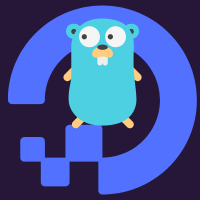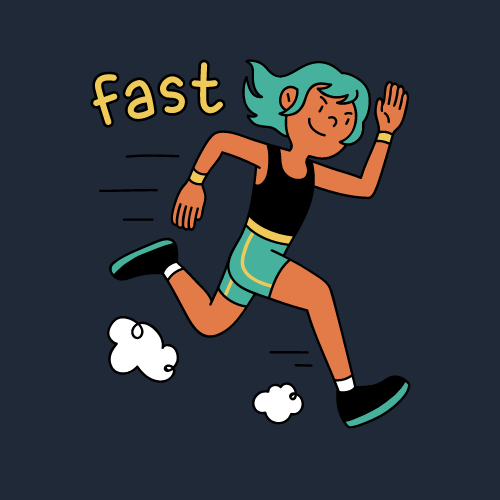
Why Use Golang: 9 Compelling Reasons for Your Next Project
Wondering **why use Golang**? Explore nine practical reasons—speed, concurrency, tooling, and more—that make Go a top choice for modern back-end systems.
Read more
Wondering **why use Golang**? Explore nine practical reasons—speed, concurrency, tooling, and more—that make Go a top choice for modern back-end systems.
Read more
Deep-dive into Golang's context package to manage cancellation, timeouts, deadlines, and request-scoped data across goroutines with practical examples and best practices.
Read more
Explore how Go's time package provides powerful tools for handling dates, durations, and timers in your applications with clear examples and practical tips.
Read more
Discover effective techniques for implementing type-safe enums in Go using constants, iota, custom types, and string mapping. Learn best practices for enum-like behavior in Golang.
Read more
Learn how to master Go's for loop syntax with practical examples covering basic iteration, range loops, nested loops, and advanced patterns for efficient Go programming.
Read more
Explore the key improvements in Go 1.25, including stable profile-guided optimization, enhanced compiler performance, and new standard library additions for more efficient backend development.
Read more
Discover how to host Go web applications for as little as $5 per month using DigitalOcean and Docker. Learn this cost-effective, scalable deployment method with step-by-step instructions.
Read more
Learn how to implement HTTP 103 Early Hints in Go 1.19+ to significantly improve web page loading performance by enabling browsers to preload resources while waiting for the main response.
Read more
Explore practical examples of Go 1.18 generics in action by refactoring caching logic in a real-world application to write cleaner, more maintainable code with less duplication.
Read more
Learn how to effectively handle concurrent map operations in Go using sync.Map and mutex solutions to avoid data race conditions and improve application performance.
Read more